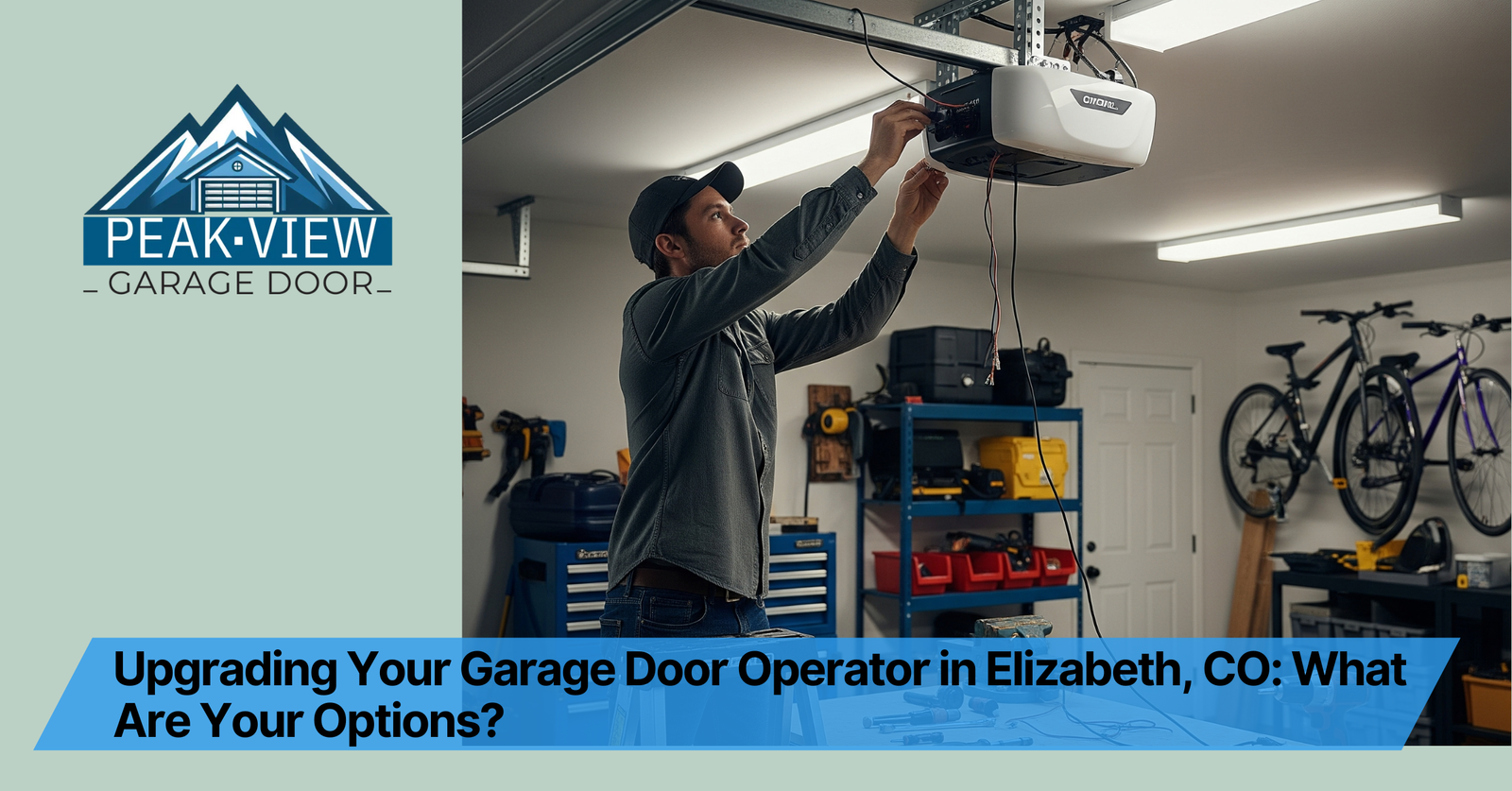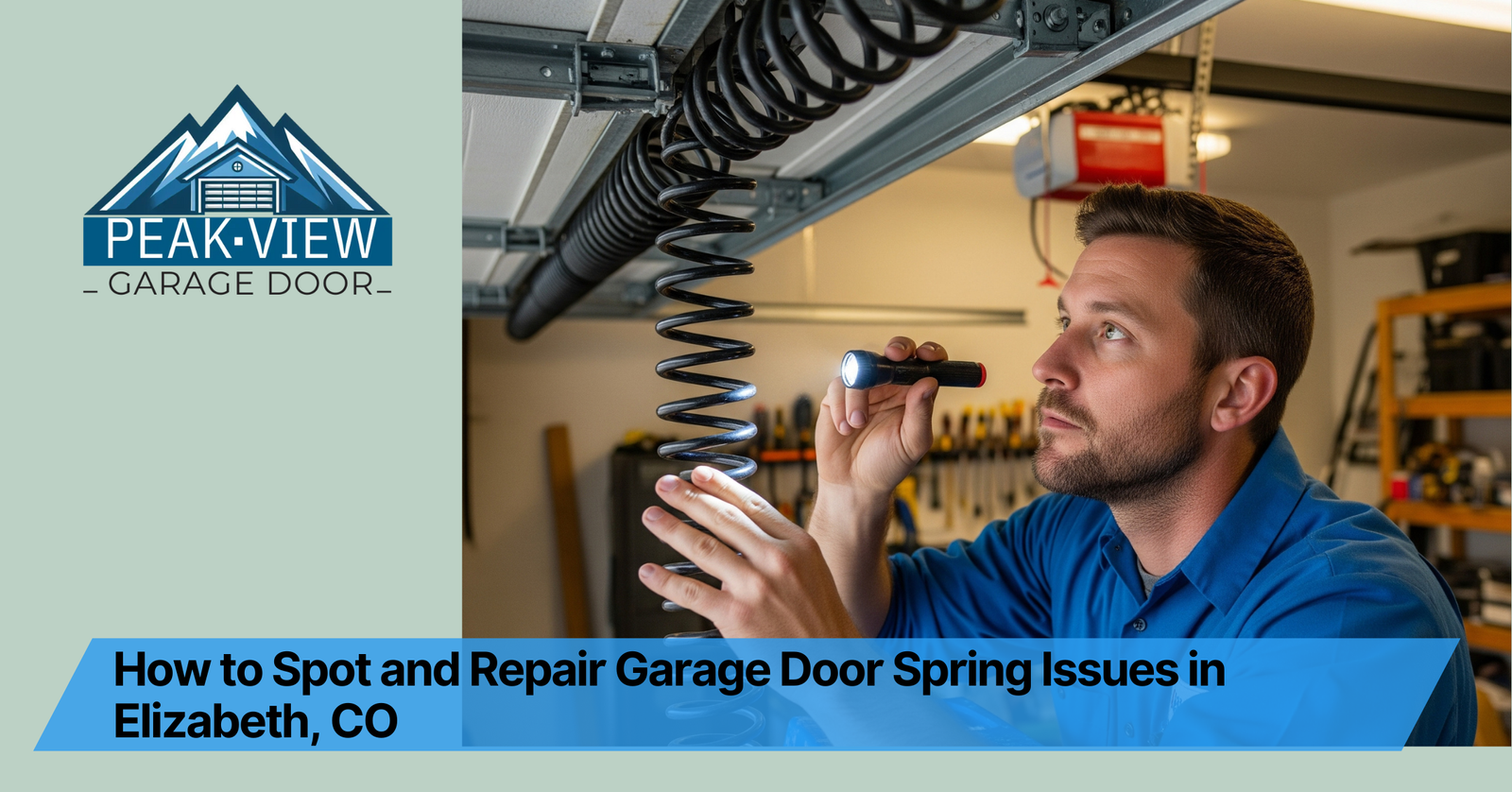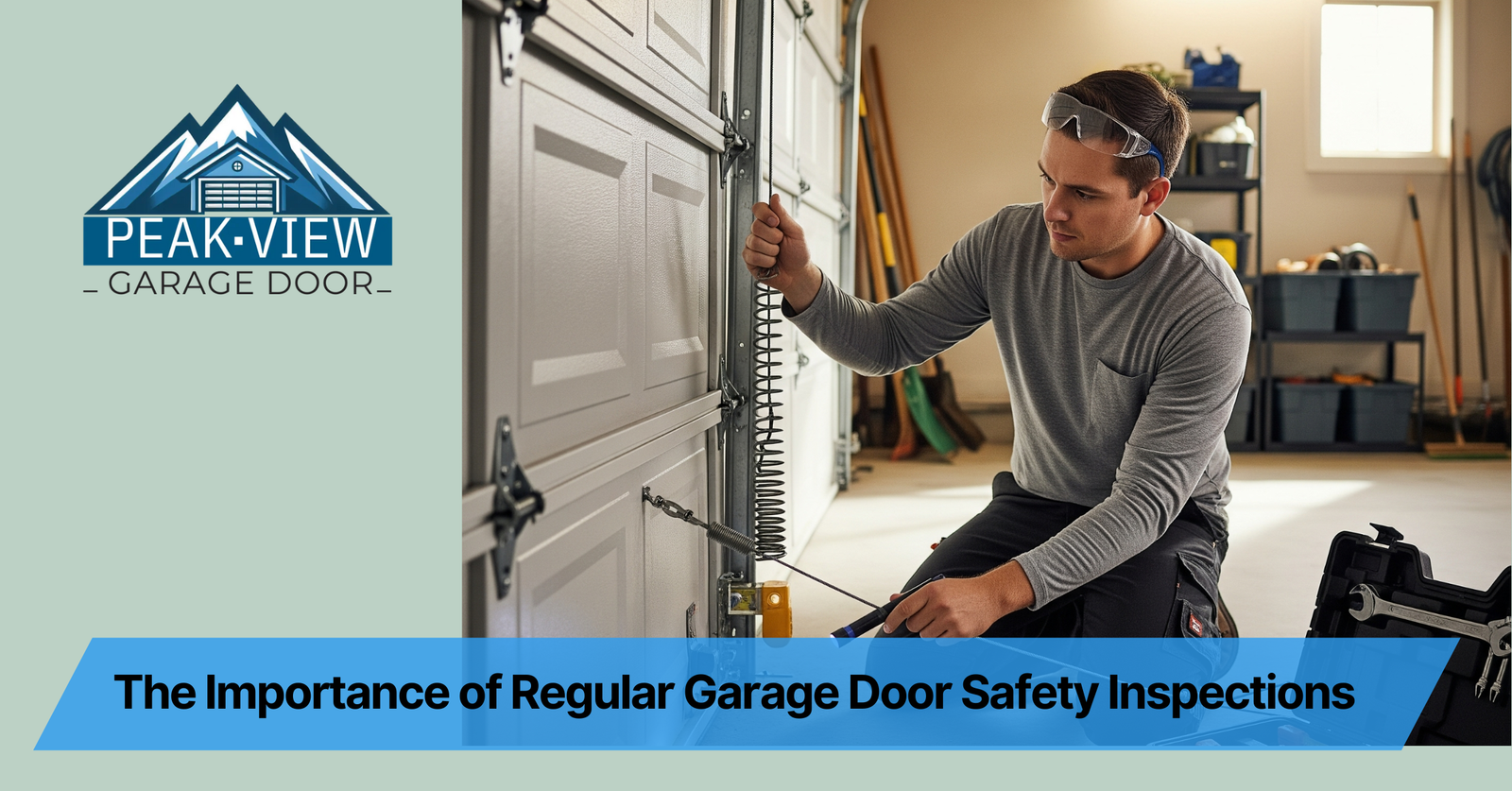Garage doors are essential for the security and functionality of your home, but like any mechanical system, they can break down over time. Whether it’s an issue with the opener, broken springs, or malfunctioning sensors, knowing what to expect from a professional garage door repairman can help you make an informed decision and ensure the job is done right. In this guide, we’ll walk you through the typical steps involved in hiring a professional garage door repairman and what you should expect during the repair process.
1. Initial Call and Assessment
The first step in hiring a professional garage door repairman is to make the initial call. When you contact a reputable repair service, you’ll be asked for basic information about the issue you’re experiencing. The repairman may ask questions such as:
- What specific problem are you noticing with your garage door?
- Is the door not opening or closing properly?
- Are there any unusual noises coming from the door?
- Is there any visible damage, such as broken springs, cables, or tracks?
Based on this information, the repair company will typically provide an estimate or schedule an appointment for an in-person evaluation.
2. On-Site Evaluation
When the garage door repairman arrives at your home, they will conduct a thorough inspection of your garage door system. The technician will look at several key components, including:
- Springs: The springs are a critical part of the garage door system, responsible for counterbalancing the door’s weight. A broken spring is one of the most common issues that require professional attention.
- Cables and Pulleys: These components work in tandem with the springs to raise and lower the door. If a cable snaps or becomes worn, the door may not operate correctly.
- Tracks and Rollers: The tracks guide the door as it opens and closes. If the tracks are misaligned or the rollers are damaged, the door may become stuck or operate with difficulty.
- Opener System: The technician will inspect the motor and other components of the garage door opener to ensure it’s functioning properly.
- Sensors: Modern garage doors are equipped with safety sensors to prevent the door from closing on objects or people. The repairman will check the sensors for proper alignment and functionality.
This evaluation helps the repairman diagnose the issue and determine the best course of action.
3. Diagnosis and Explanation
Once the technician has thoroughly inspected the system, they will explain the problem to you in detail. They will provide a clear diagnosis of what’s wrong with your garage door and explain what parts need to be repaired or replaced. A professional garage door repairman will also provide you with a written estimate, outlining the cost of parts and labor. If the problem is something that requires immediate attention, the technician will let you know and may offer to start the repairs right away.
4. Repair or Replacement of Parts
After you approve the estimate, the repairman will begin fixing the issue. Depending on the problem, this could involve:
- Spring Replacement: If a spring is broken or worn out, the repairman will replace it with a new, high-quality spring. Replacing springs is a delicate and dangerous job, as they are under high tension, so it’s always best left to a professional.
- Track and Roller Adjustment or Replacement: If the tracks are misaligned or the rollers are damaged, the technician will adjust or replace them to ensure smooth operation.
- Cable Replacement: If the cables are frayed or broken, the technician will replace them to restore proper door function.
- Opener Repair: If the problem lies with the opener system, the technician will inspect and repair the motor, remote control, or other parts of the opener.
- Sensor Alignment or Replacement: If the safety sensors are not working correctly, the technician will realign them or replace them if necessary.
During this phase, the technician will also lubricate moving parts to reduce friction and ensure smooth operation in the future.
5. Testing and Calibration
Once the repairs are complete, the technician will test the garage door several times to ensure that it’s functioning properly. They will check the door’s opening and closing mechanisms, including the opener, sensors, and any safety features. The technician will also make sure the door operates smoothly and quietly, adjusting any components as needed.
6. Final Inspection and Cleanup
After the repairs are done, the technician will perform a final inspection to ensure everything is in working order. They will check that all parts are securely installed and that the door operates smoothly. The repairman will also clean up the work area, removing any debris or old parts that were replaced during the repair.
7. Post-Repair Recommendations
In some cases, the technician may offer additional recommendations to help you extend the life of your garage door and prevent future problems. These may include:
- Regular Maintenance: Scheduling regular maintenance, such as lubrication of moving parts and inspection of springs, cables, and rollers, can help prevent wear and tear.
- Safety Tips: The technician may provide advice on how to safely operate your garage door and avoid damaging it in the future.
- Upgrades: If your garage door is outdated or prone to frequent problems, the technician may suggest upgrading to a more reliable opener system or other parts.
8. Payment and Warranty
Once the repairs are completed to your satisfaction, the repairman will present you with a bill. Professional garage door repair companies often offer warranties on their work and parts. Be sure to ask about the warranty and keep the documentation in case any issues arise after the repair.







